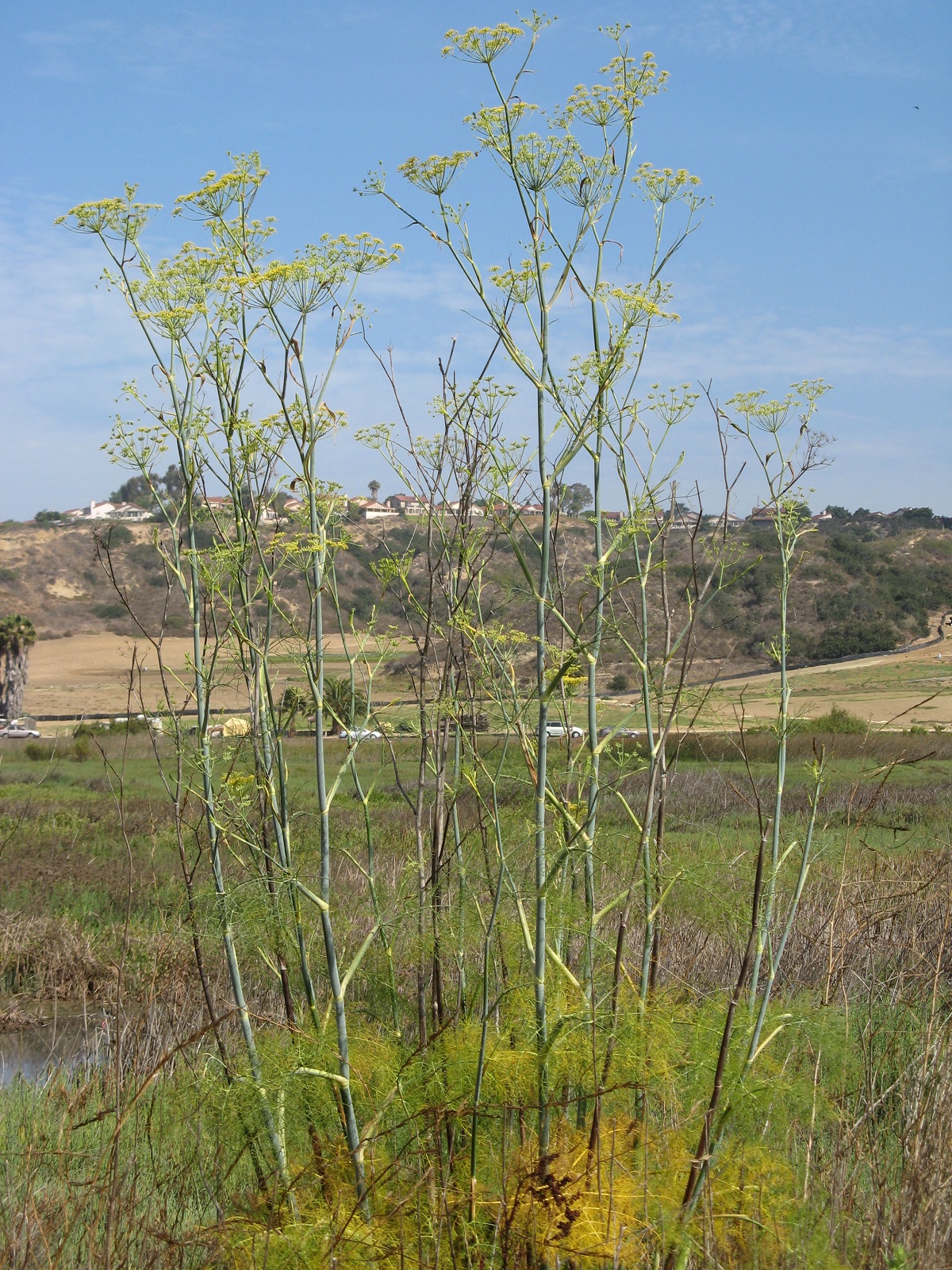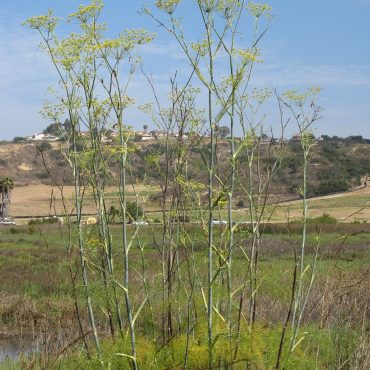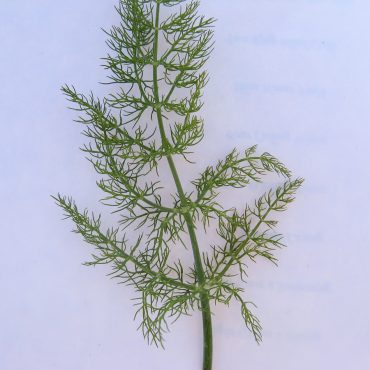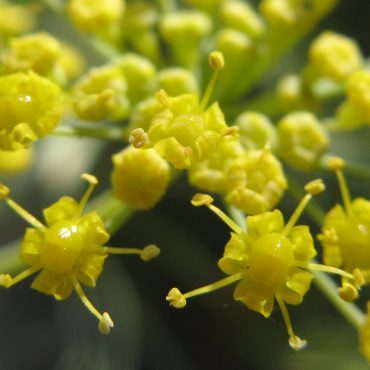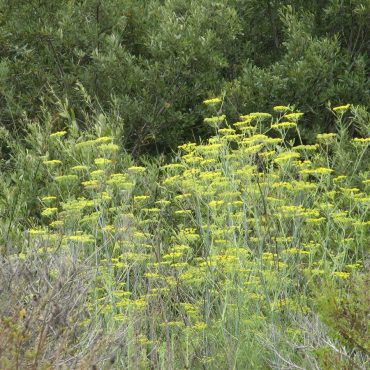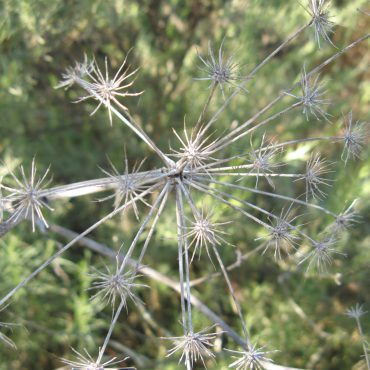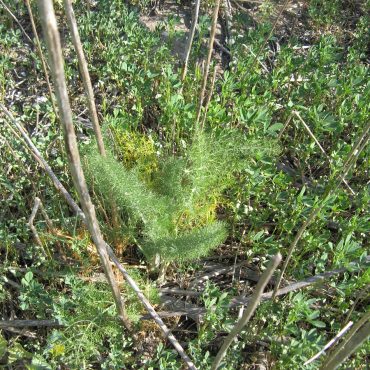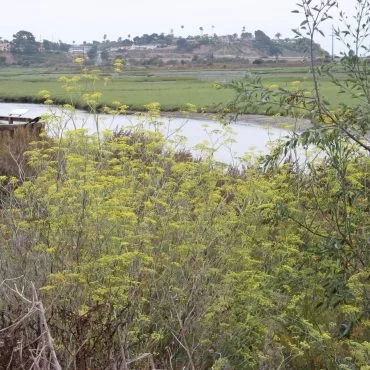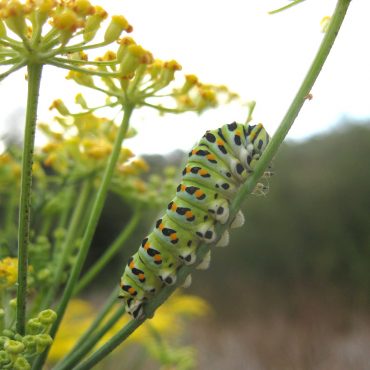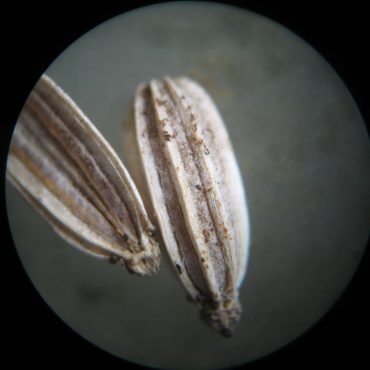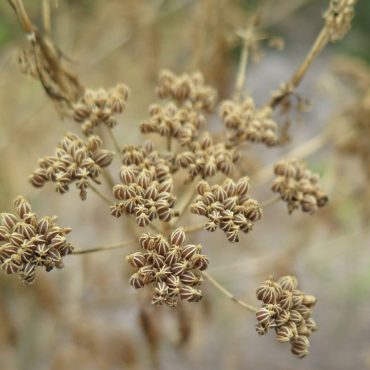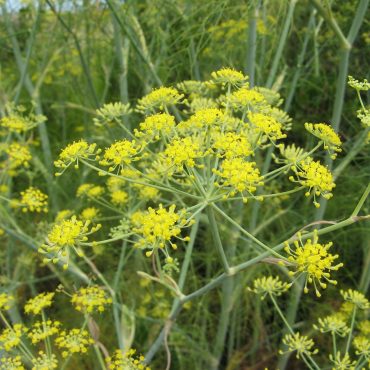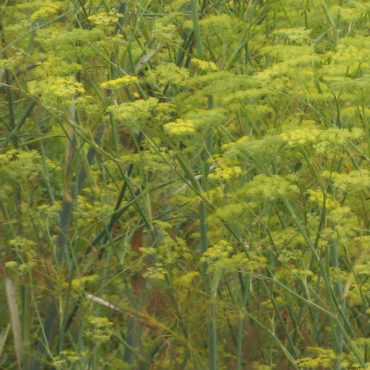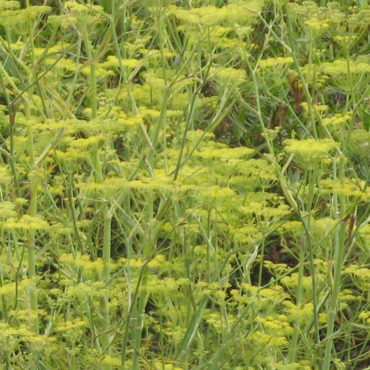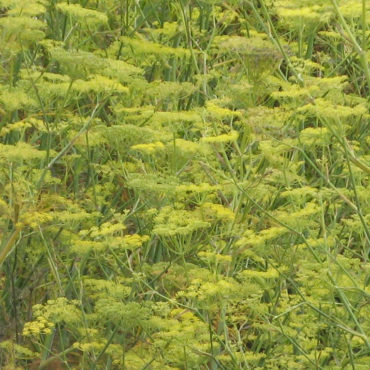Ecology
There are many characteristics of successful invasive plants.41,260 They come from climates similar to ours. In southern California, this restricts the origins of most of our invaders to Mediterranean climates of Europe, Asia, Africa, South America, and Australia. Invaders generally reproduce quickly and disperse widely. In their native range, they are controlled by grazers, parasites, and diseases, and these are not present in their new habitat, giving the plant an “unfair” competitive advantage over our native species.
Fennel has all these characteristics. It is native to southern Europe’s Mediterranean climate and its deep thick taproot allows it to survive summer periods without water; it reproduces both from the root crown and by seed, which are widely distributed by birds and animals. Finally, it is unpalatable to most of our large grazers, protecting the mature foliage from cattle and deer. As an additional advantage, the leaves exude substances that may inhibit germination of other plants.260 All of these properties make fennel an excellent invader.
But, there are always exceptions to generalities. One of our native swallowtail butterflies, the anise swallowtail,116,261 normally feeds on several native plants related to fennel. Fennel contains the same attracting chemicals and, since its arrival in the west coast, fennel has become an additional host species for the anise swallowtail, which feeds on both foliage and flowers. As fennel spread through the state, so did the anise swallowtail, even following the host plant into more developed habitats not previously occupied by the butterfly. More recently, as the number of fennel habitats in urban areas (mostly vacant lots) has begun to decrease, the population of anise swallowtails in developed areas is beginning to decline again.
Were we to continue this story, the next chapter would introduce the invasive Argentine ant, which protects the fennel from the butterfly,267 but that is beyond the scope of our plant guide.

